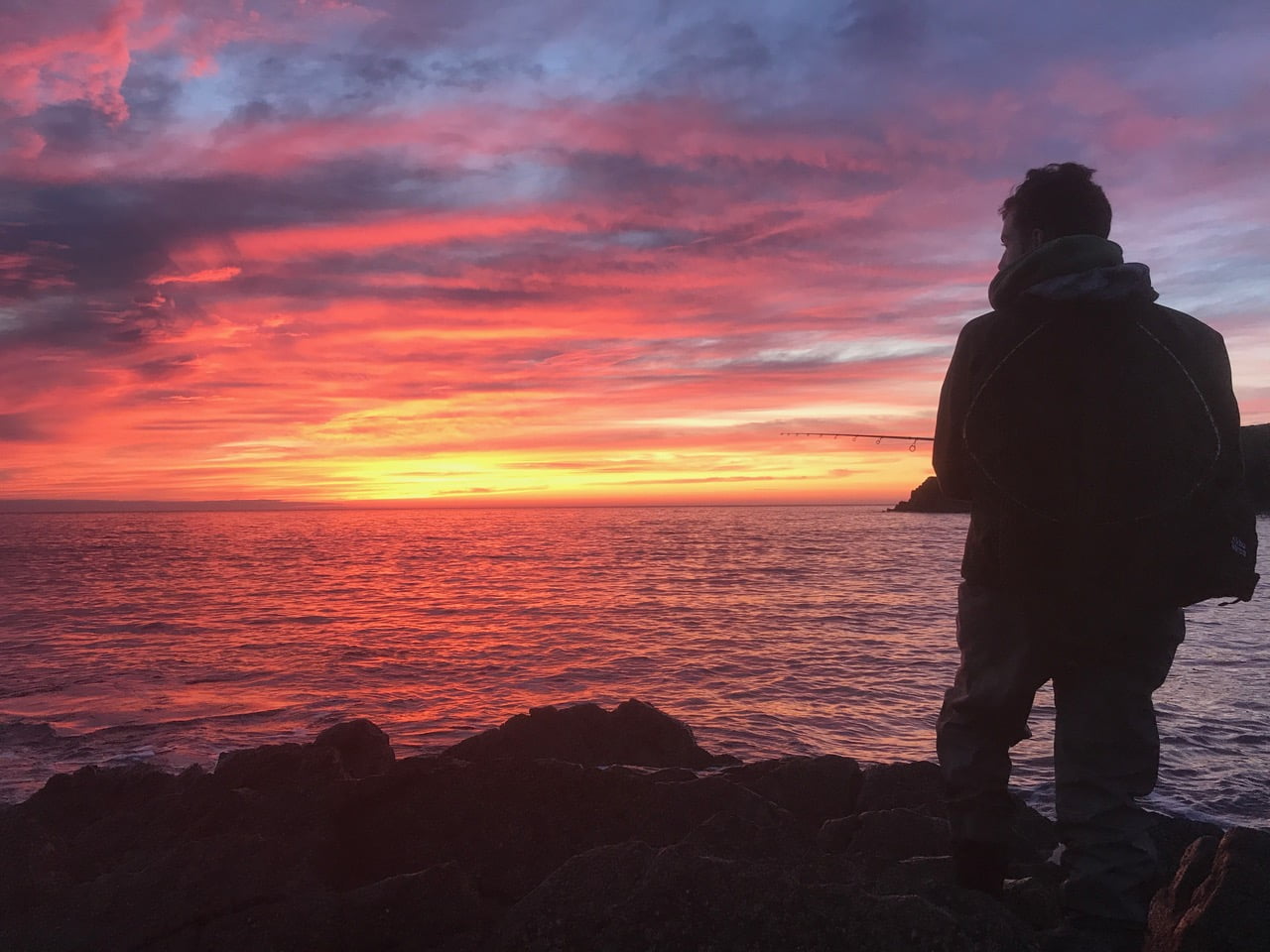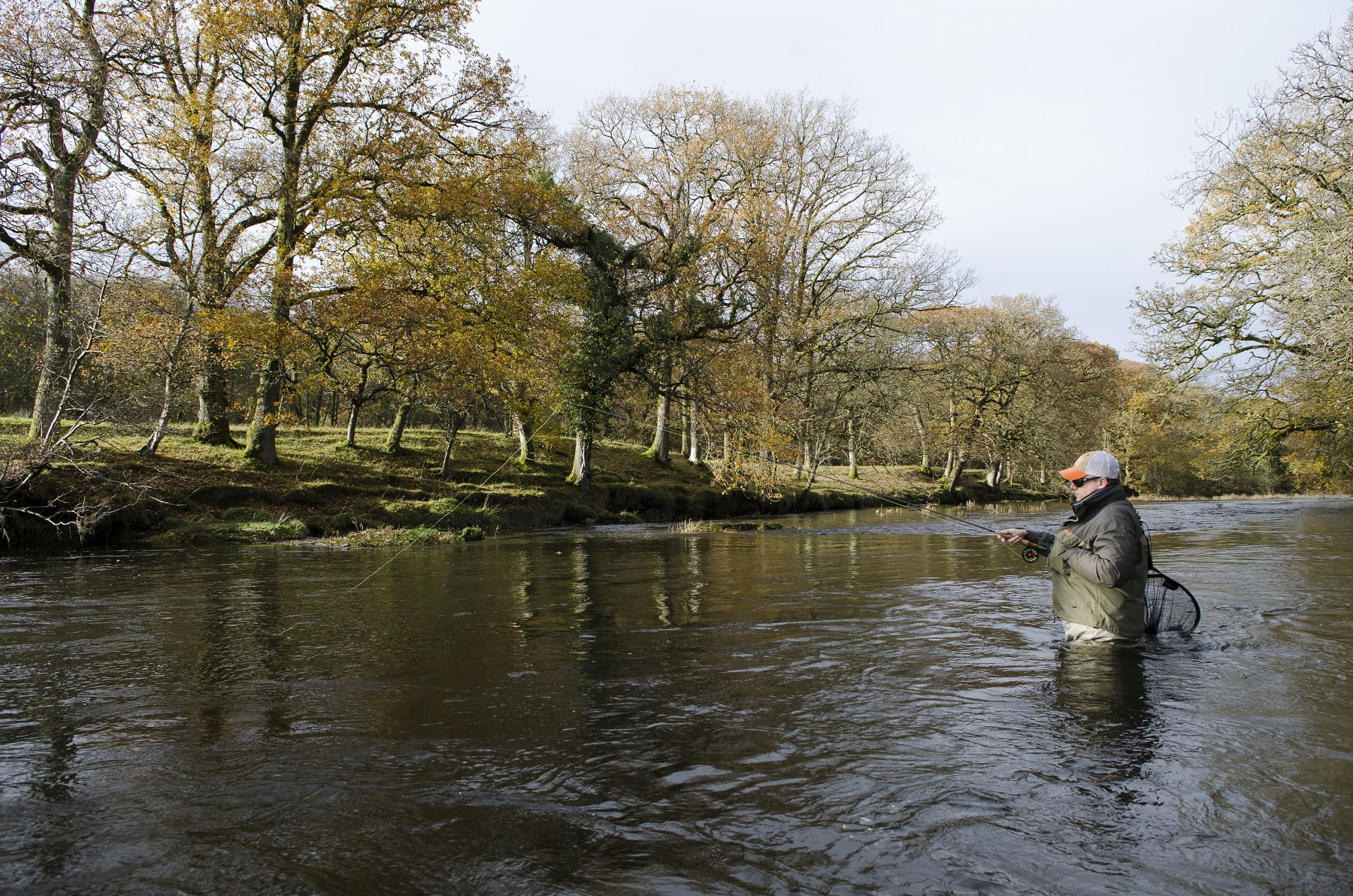Barbel Fishing In Wales
In this article for the Fishing In Wales blog Adam Fisher of Angling Dreams takes a look at river fishing for barbel in Wales, including places to catch them, the best times to fish for them and barbel fishing methods and tactics.

In the last 10 years barbel fishing popularity has escalated to a point where it is arguably, after carp, the most fished for species in the UK. This is due to a number of factors – for the rivers in Wales it’s that fishing for them has become more accessible due to clubs and booking schemes opening up previously unfishable waters, those that in the past were reserved only for salmon gentry.
To add to this the barbel is an accommodating fish that can be caught with relative ease, and perhaps with a simpler skill set compared to fishing for other species. Barbel reside in particularly beautiful stretches of river often where the water is fast and oxygenated, flowing over weedy, gravel runs – these areas are at their best in summer, a season when people have more time on their hands and the river a safer, and friendlier environment, where even friends and family can join in. Barbel also fight hard, very hard…
Whilst there’s only two barbel rivers that are truly in Wales from source to sea, the Taff and the lesser known Rhymney, there are several others that rise in Wales and run close to the border for their length.
There’s the Welsh Dee which holds barbel in its lower reaches from Bangor on Dee, plus the Severn, a famous barbel river and the Vrynwy. Then there’s the Wye, and whilst running through Wales for much of it’s length, the majority of the barbel are found as it runs along the border with England – The Wye is arguably the premier barbel destination in the UK.
River Wye
The River Wye (Afon Gwy) is the fifth-longest river in the UK, stretching some 134 miles from its source on Plynlimon in mid Wales to the Severn estuary at Chepstow. For much of its length the river forms part of the border between England and Wales. The Wye is especially important for nature conservation, with numerous designations – the lower valley is an Area of Outstanding Natural Beauty, with the entire system designated as both a Special Site of Scientific Interest (SSSI) and a Special Area of Conservation (SAC).
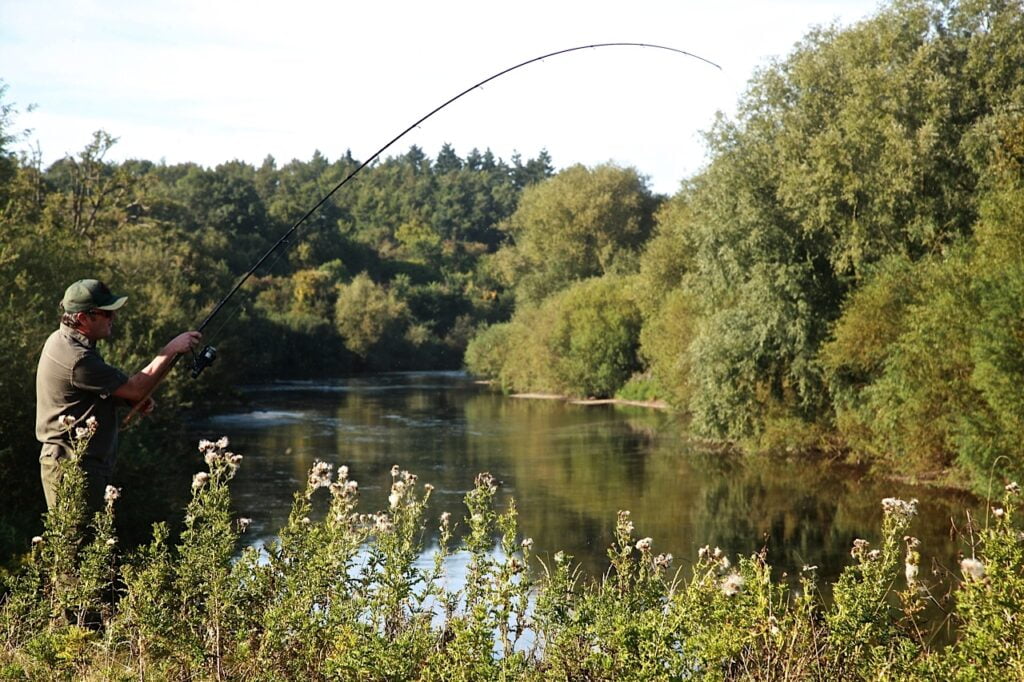
The Wye used to be considered one of the best salmon rivers in the UK (outside Scotland), and was particularly famous for its large “spring” salmon that reached weights of over 50 pounds (23 kg), the largest recorded being 59 lb 8 oz (27.0 kg) landed after a long fight by Miss Doreen Davey from the Cowpond Pool at Winforton on 13 March 1923.
In 1956 the Angling Times introduced 509 barbel to the River Severn, and at the same time a few barbel were also introduced to the River Wye, as well as numerous other rivers in the UK – they have thrived in all.
It wasn’t until the mid 90’s though that they became a realistic target on the Wye. Until then their presence was not really known, and whilst some may have targeted them in relative secrecy, the odd fish was often hooked during coarse fishing sessions for chub, or on match tactics, that brought stories of line peeling off the spool by an untameable monster.
Yes this may have been carp, and there are the odd reports today of this still happening, but it may also have been salmon – they are often hooked by coarse anglers as a lump of flake, meat or a feeder, flutters and dances as it sinks through the water column, the enticing action too much for a salmon to resist. When a salmon is hooked though, it more often than not goes airborne at some point – if it doesn’t it’s safe to say it’s either a barbel or a carp.
In the late 90’s, the middle Wye around Bredwardine became notorious as the first real barbel hotspot. The river around this area available when much of the river downstream was still only accessible after the salmon season from October 18th. Word gradually got out of how good the barbel fishing was, and at the turn of the decade barbel anglers were looking for access to new stretches up and down the river. Today barbel can be found from Boughrood all the way through to Tintern.
Thanks to booking schemes and savvy individuals, miles of barbel fishing became available by convincing what were declining salmon fisheries, into letting coarse fishing during the summer months as well as the winter. As a result, these days game and coarse anglers co-exist on the river.
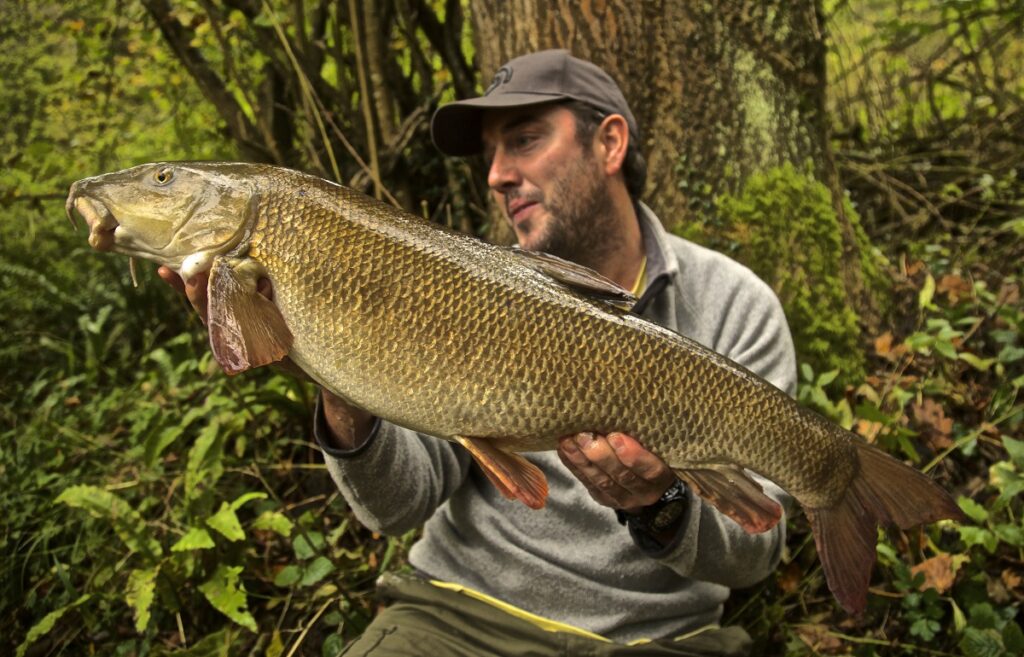
The Wye has never been renowned for big fish, certainly not rivalling other rivers in the country, and although the barbel record was broken in 2019, at 14-12, the previous record at 14-9 stood for over 20 years. A double figure fish is a fish of a lifetime for many on the Wye, so it’s the numbers of fish that attracts anglers. Either way there is excellent fishing to be had on fisheries with exceptional access and in some of the most stunning surroundings in the UK. Catchable all year round, on a variety of methods, and with dozens of small fish around 1lb caught every year, the Wye will likely be the premier UK barbel destination for years to come.
River Taff
The River Taff (Afon Taf) rises as two rivers in the Brecon Beacons; the Taf Fechan (Little Taff) and the Taf Fawr (Big Taff) before becoming one just north of Merthyr Tydfil. From its confluence at Cefn-coed-y-cymmer, the river flows south, passing several towns. It flows through Pontypridd and through to Taff’s Well, the site of Wales’ only thermal spring. It flows underneath the M4 Motorway, before turning south east and through Cardiff and out into the Bristol Channel.
Barbel are only found in the Taff from Radyr weir down to the Principality stadium in Cardiff, although a new fish pass at the weir constructed in 2019 may allow them to increase their range.
The often hushed-up River Taff is renowned for producing surprisingly large barbel. Each year fish well into double figures are banked, and there are numerous record claims, the latest being 18lb 1oz in 2014 which broke the former 17lb 2oz record specimen caught in 2007. The fishing is anything but easy with many stretches banning night fishing, limited swims and some rather precarious areas that the fish inhabit.
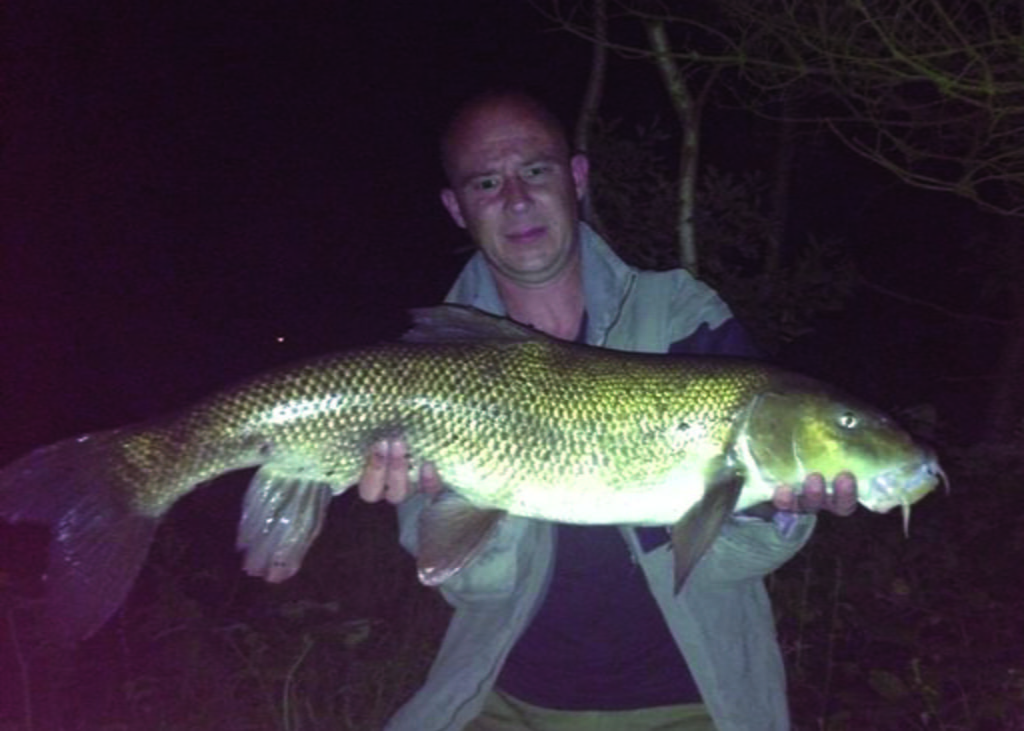
Their origin is not confirmed, but however introduced, it’s clear the population of barbel, albeit with a distinct lack of smaller fish, are doing very well. The Taff attracts a good number of anglers who focus on the barbel fishing and are known to keep the most productive swims a closely guarded secret.
In summer the river can still run cold due to it’s catchment high in the Beacons, and so a warm flood in autumn and winter are the best times. With a warm flood being infrequent, this is no doubt welcomed by the barbel and they are renowned for taking the opportunity and “switch on”. It’s a big, difficult to fish river in the lower reaches where the barbel reside, and higher water levels from a spate both encourage the fish to move around, but also concentrates them into areas out of the main flow.
Although the guarded element of fishing the Taff for monsters is exciting, recruitment is crucial for the future. In late 2019 the lack of smaller fish was addressed by the Glamorgan Anglers club, who restocked the river with a large quantity of juvenile barbel, which bodes well for years to come. Perhaps with environmental changes heading warmer, then numbers will pick up even more so. If popularity is allowed to increase in fishing, and if new areas open up on this otherwise difficult to access river, then the future could be very bright for the Taff.
River Rhymney
The river runs south from its source near Rhymney high in the Welsh valleys through New Tredegar, Bargoed, Ystrad Mynach, Llanbradach to Caerphilly at the southern end of the Rhymney Valley. Then past Bedwas, Trethomas, Machen, Draethen, Llanrumney and Rumney and with its estuary to the east of Cardiff.
A small river, the Rhymney has a glowing reputation as a good grayling venue, with the odd chub to boot. It is little known, but the river also has a head of barbel, which are found in the lower reaches from Draethen downstream on Caerphilly angling association water. These have been caught up to 9lb 12oz but are very much underfished. Who knows what potential could be found here for somebody willing to put the hours in?
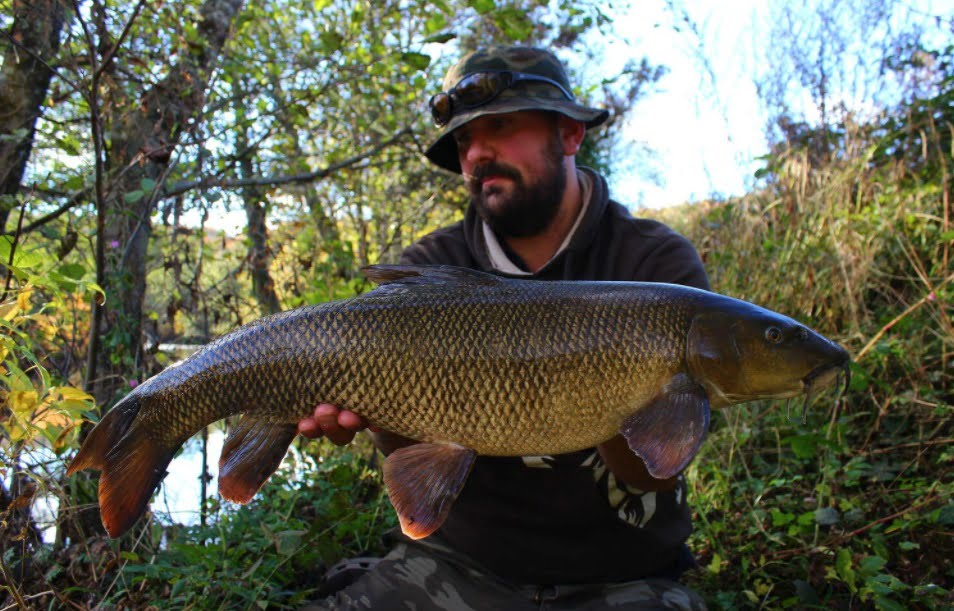
Severn and Vrynwy
The River Severn (Afon Hafren), at 220 miles (354 km) long, is the longest river in Great Britain. It rises in the Cambrian Mountains in mid Wales, a few meters form the source of the Wye on the Plynlimon. The river then flows through three different counties before becoming the Severn Estuary.
The upper reaches of the Severn are renowned for big grayling, and although the river heads out of Wales as barbel come into the equation they are worth fishing for in the border area, being found in the river as far upstream as Welshpool. Here the river is similar to the Wye, meandering through rolling countryside and with similar geomorphology – pacey gravel channels around islands, running off into deeper steadier water, that fish as well in a flood as any time. Here, the angling history runs deep, and you’re never far from a “Severn angler” who’ll gladly recollect stories of bus loads of anglers of all ages turning up to fish.
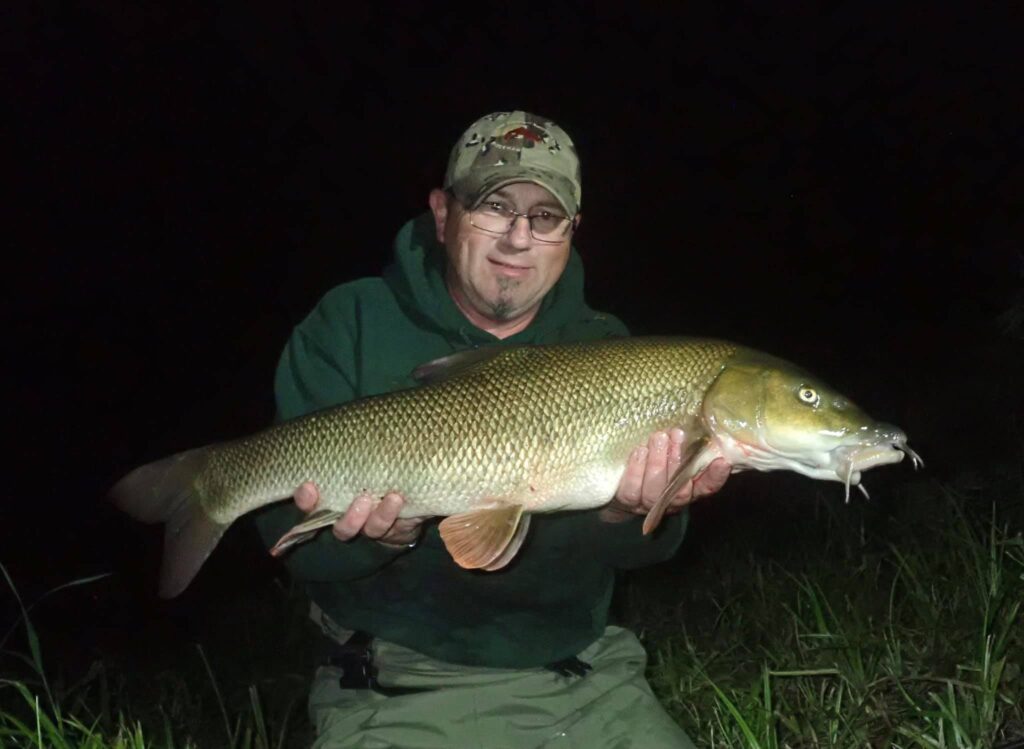
A Severn tributary, the stunning river Vrynwy rises in mid Wales near Llyn Vrynwy reservoir, and whilst the upper part is home to some great trout and grayling fishing, the middle and lower river has coarse fish species including barbel. There are reports of good sized barbel being caught on the Vrynwy from llandysilio area to its junction with the Severn, although it is very underfished. Therefore, it could potentially be a hidden gem for the barbel angler willing to put some work into finding them.
River Dee
The mighty Welsh Dee is a Site of Special Scientific Interest in north Wales. The river begins in Parc Cenedlaethol Eryri, in Snowdonia. From there, it flows northeast to Corwen, goes eastwards past Llangollen, and continues east through Chester on its way to the sea.
A large river, the Dee is rightly famous for its game fishing and also for its prolific grayling, but is also contains specimen pike, chub and barbel in the middle and lower reaches, with stretches around Holt being particularly well known as barbel hotspots, with good numbers of fish recorded to 13lb 5oz on the Warrington Anglers Association water.
Although not native to the Dee, barbel have subsequently been re-stocked by the Environment Agency on a few occasions. With the excellent habitat in the lower river, the Dee may produce even larger fish in future.
Barbel fishing Methods
Whilst traditional baits such as luncheon meat and sweetcorn always work at some point the season, pellets have undoubtedly been the most consistent bait all season in recent years. How the swim is fed and the hookbait fished probably being the variation required to turn the odd fish into steady catching. Swim feeder with groundbait, and pellet on the hook is first port of call for many – varying the hooklength from a foot up to 4 foot being the most useful variation for many years.
The use of a PVA bag of pellets attached to the lead (leaving your hookbait amongst the free offerings), has been the method to reproduce the steady catches. Scattering pellets across a swim and only fishing a lead has always been a favourite, the fish having to kite across the channel to grub around for baits, this perhaps more natural than following a line of scent upstream to a feeder. In a flood the feeder is still arguably the most productive method however.
Early season hemp and caster is renowned as a favourite, the barbel keen to grub around and graze rather than take bigger, oily baits. These particle baits shouldn’t be ignored as the other baits start to work however, and hemp is always a recommended loose feed to hold barbel in a swim.
On the float, maggots are generally an absolute winner. Heavy feeding is required to get enough bait through the silver fish and chub that occupy the upper water column, but achieve that and they’ve been known to take hookbaits some 3 foot off the bottom. 3 pouches of maggots per trot is ideal, with a pouch of hemp every half a dozen runs through, and even a pouch of corn every dozen trots just to mix it up. You can read more on float fishing for barbel in this article…
Due to barbel giving everything in the fight, they must be handled with care when unhooking and returning. There is much information on barbel handling, and a good general code of conduct can be found here.
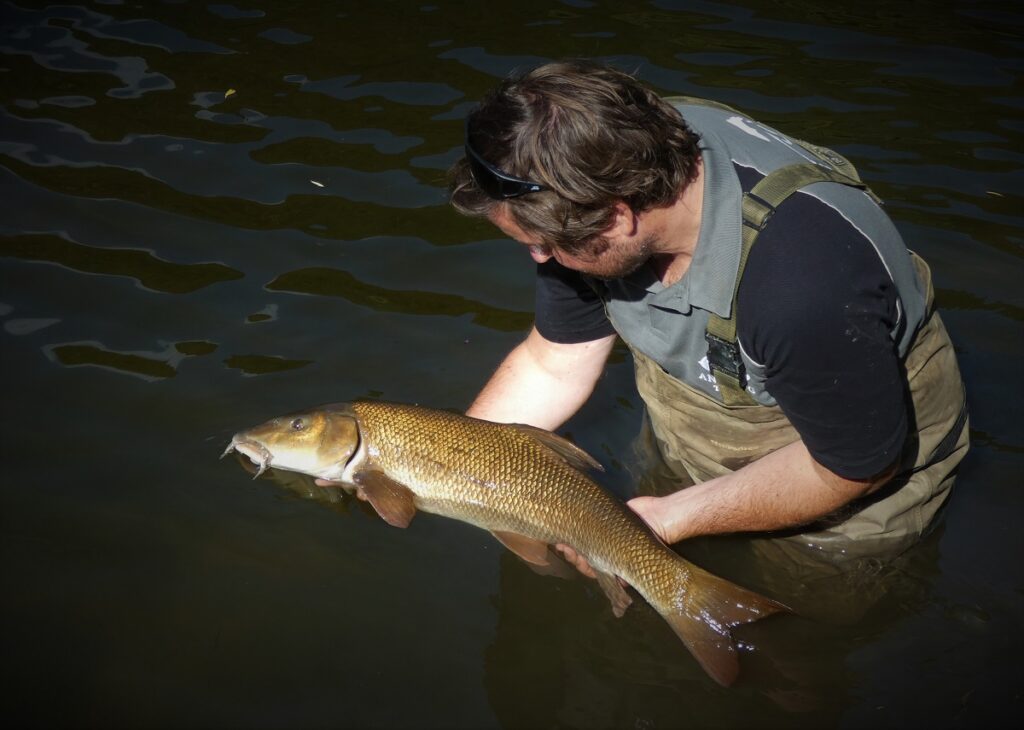
Barbel Fishing Season
Barbel can be caught year round (during the coarse season), the best time to fish for them depends on how you want to fish for them, and whether you’re after size, quality, or numbers of fish. Catching a barbel is not out of the question whatever the conditions, except perhaps for snow melt – the kiss of death whatever you’re fishing for!
In general, the first couple of weeks after June 16th are slow – the fishing can be frustratingly hit and miss, most likely due to expectations running high after 3 months away from the river! The facts are that fish are often a little skinny still after spawning, and if there’s been a particularly cold spring, then bites are really hard to come by. Even after a warm spring, when they’ve got spawning well out of the way in April, the fishing is simply not at it’s best. It should never be enough to put an angler off, as being by running water is enough for most, that combined with generally decent chub sport early on.
If you read any angling book, barbel are said best to be fooled at dusk into the dark. This can be antisocial for many anglers, and the good news is if you are prepared to fish the float, or rove around trundling meat, day time sport can be as good as anytime, especially on rivers like the Wye. One of the bonuses is all species can be caught on float, chub, dace, roach, bleak, and this can keep the angler entertained even if no barbel. The added bonus to this is when the light fades, and an aching arm needs a rest whilst you watch the river wind down at the end of the day, switching over to lead or feeder for the last hour could have you casting amongst the shoal of barbel that are sat over the carpet of bait that’s been raining down all the while.
For many, September is considered the best month of the river season, this due to more sociable fishing hours as the nights draw in and the valley becoming quieter in general, not to mention how stunning the river environment is as autumn takes hold. October is much the same as long as a cold snap holds off, and a warm day can be as productive as a summer day.
Barbel angler numbers drop off significantly in November, but the arrival of a warm flood at this time has often produced some of the biggest fish reported each year. Through winter up to February again only a warm flood is tantalising enough for many to reach for the barbel rod.

The temperature of the water being key to winter barbel fishing – any serious winter barbel angler will carry a thermometer, and it’s as good as a rule that the water temp must be the magic figure of 42F and rising, this is when barbel can quickly go on the feed. Outside of these conditions many chance their arm using maggots in a clear winter river, and often just an hour or so of midwinter sun on the water can trigger fish to feed. The last 2 weeks of the season in early March is when sport can return to not needing a flood or maggots, as the fish start to feed again before going into spawning time.
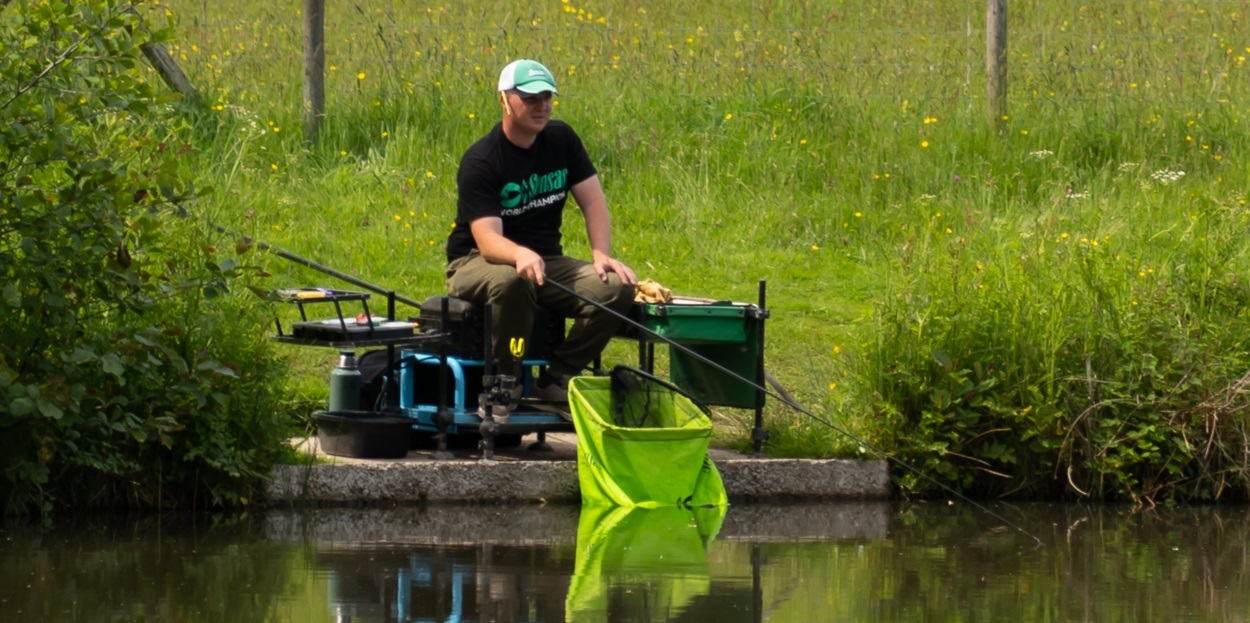
Cast a line and get back to your happy place
As we near National Fishing Month in August, Natural Resources Wales (NRW) invites everyone to experience the joy and…
Read More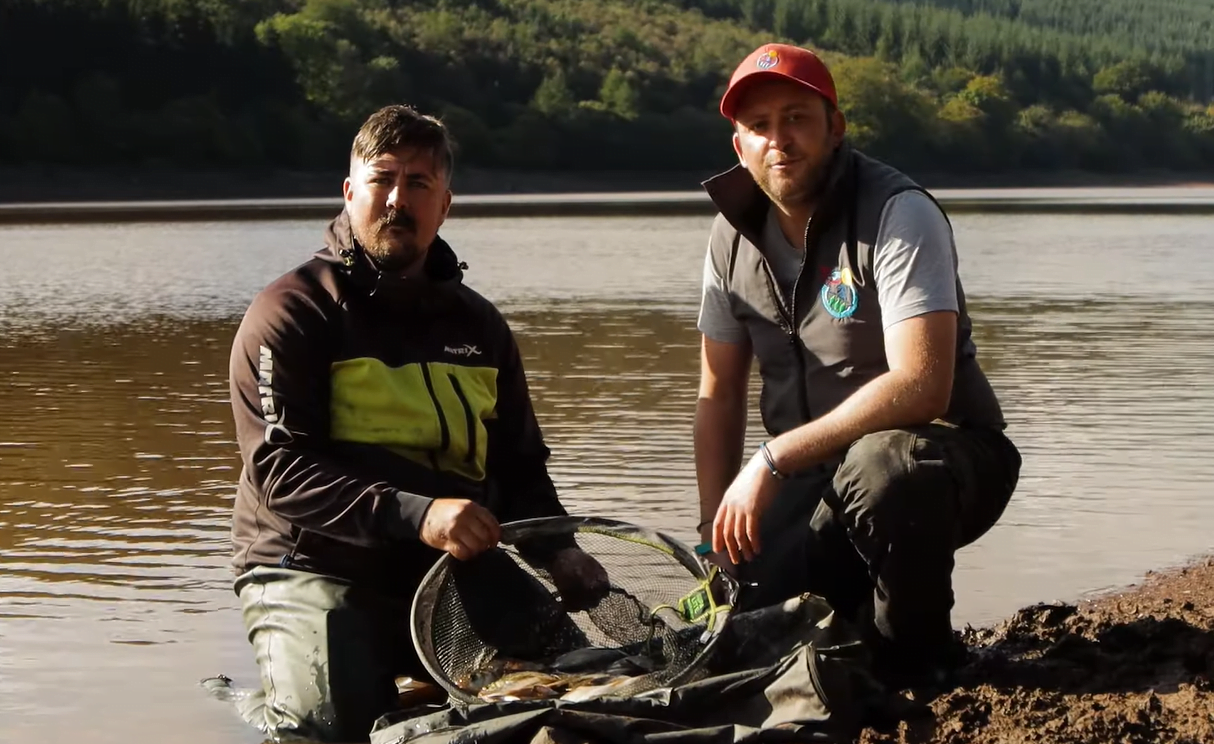
Take A Friend Fishing is Back
‘Take a Friend Fishing’ is on from 27th July to 1st September 2024 for National Fishing Month! Get together with…
Read More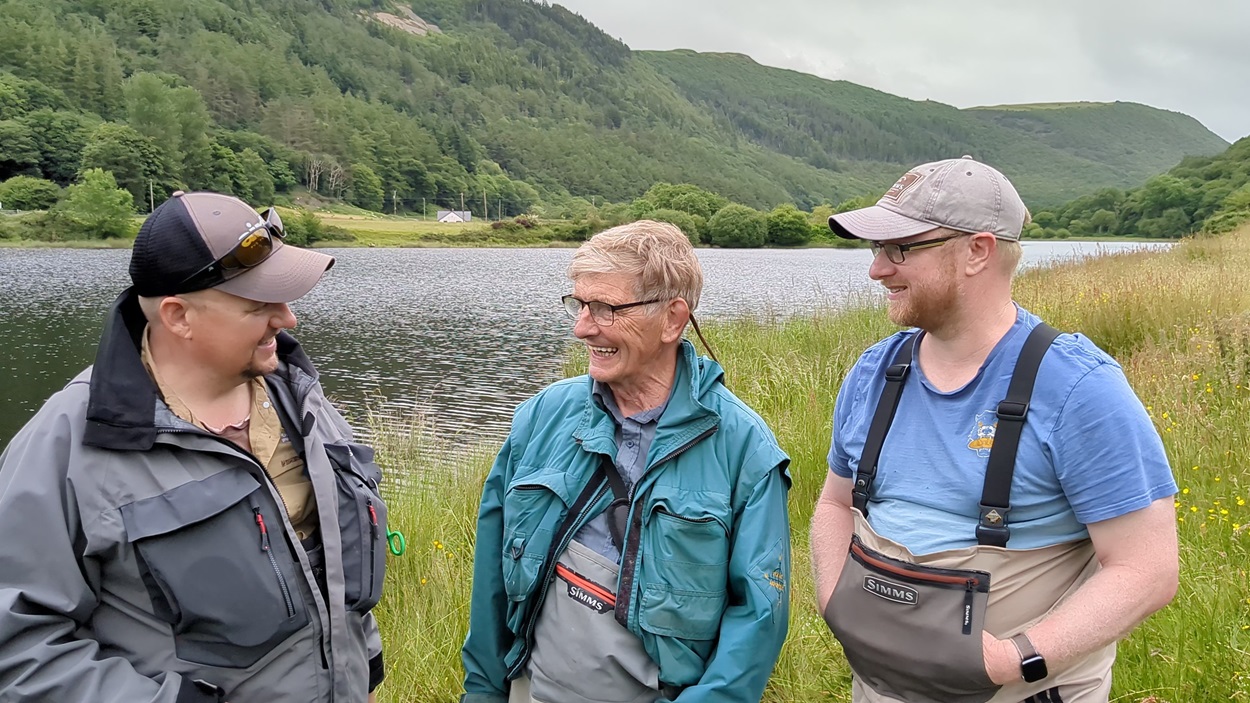
10 Lake Challenge VIDEO - Aberystwyth Angling Association
In this ‘summer special’ video Alan ‘Parf’ Parfitt, Ceri Thomas and Mark Evans take on the ’10 Lake Challenge’ which…
Read More

